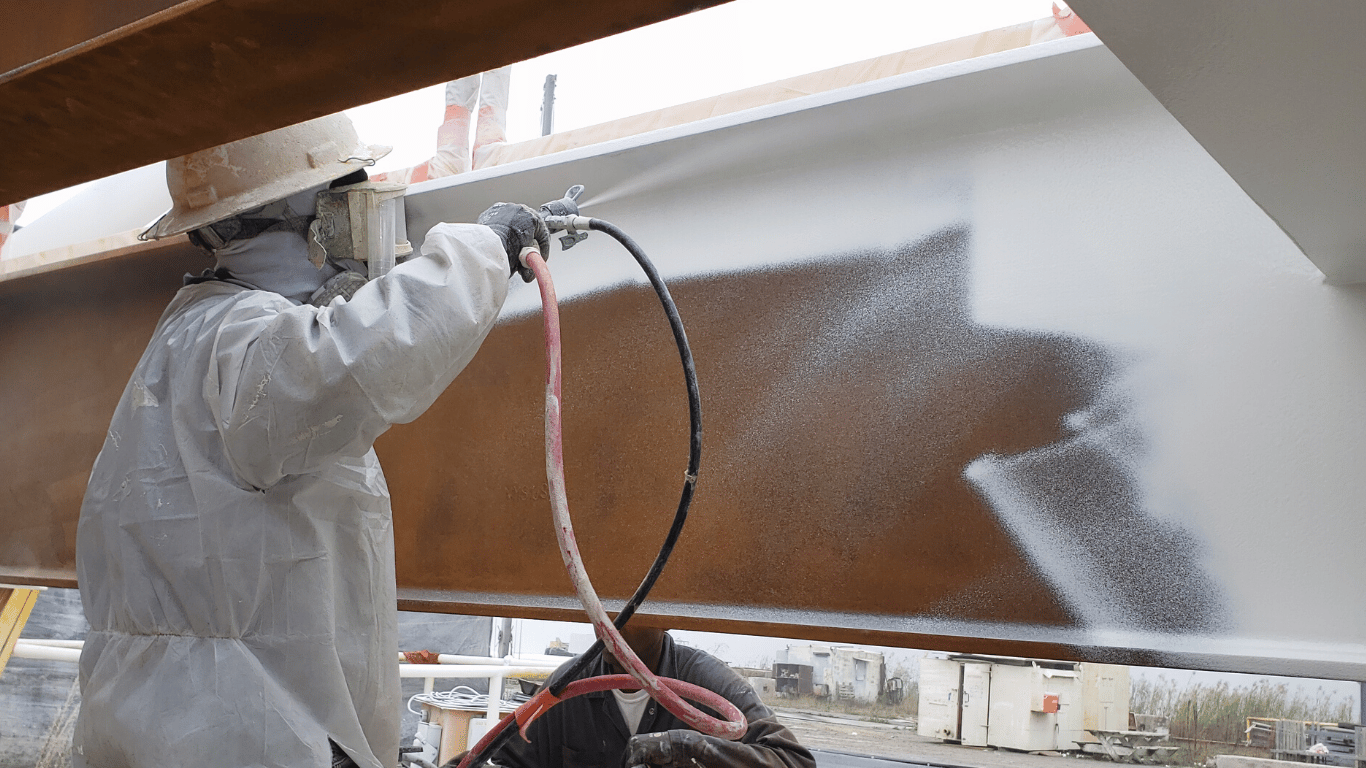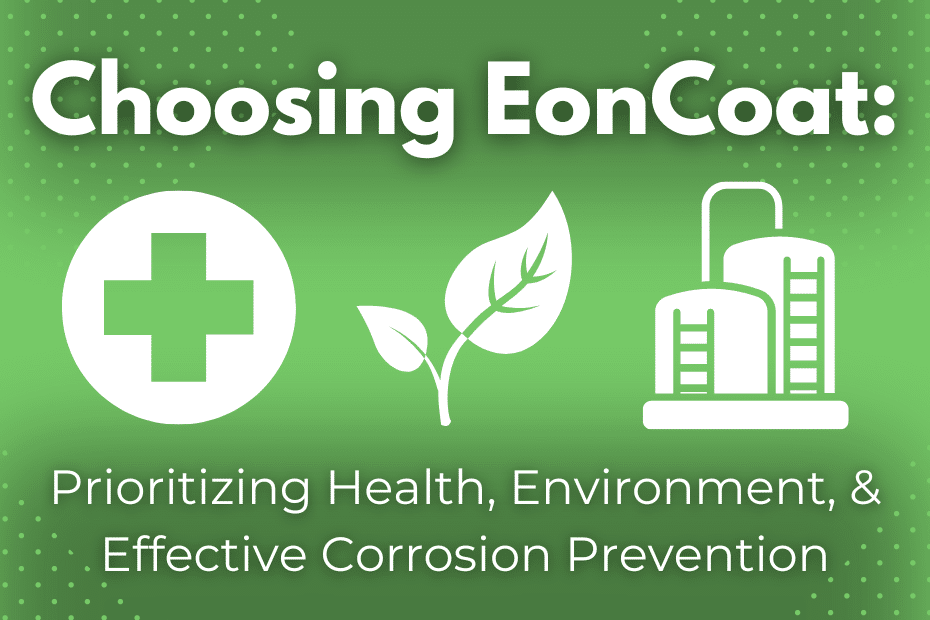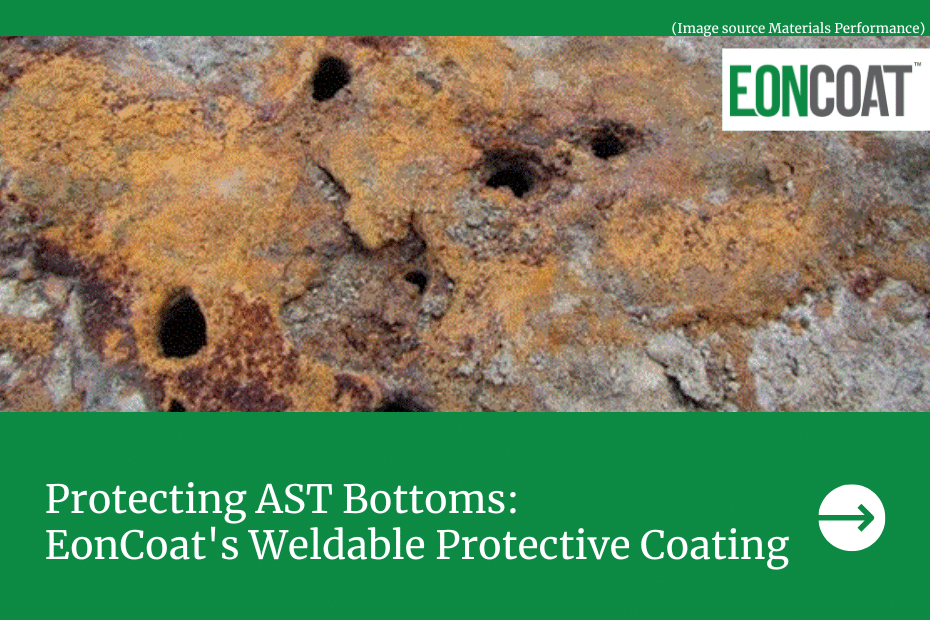This past fall, the town of Ithaca, NY began the process of recoating one of their water storage tanks. This particular storage tank was located on Ridgecoat Road and served tap water to just over 500 homes in the immediate area. The company tasked with the recoat, JNP Construction Corp., had to remove what remained of the old coating and apply a new Sherwin-Williams epoxy coating to protect the tank. The new coating system was approved for use by the American Water Works Association and the work was completed on November 15, 2010, several weeks behind schedule.
Since the work had been pushed well into the winter, various strategies were implemented in trying to get the epoxy to dry. Ventilation and heat pumps were used to try and dry the coating. By early December, the coating appeared to be functioning properly and the water tank was filled and tested for VOCs. The results of the report were less than satisfactory, with several VOCs testing above levels required by the New York Department of Health (NYDH). Finally, by the end of December, testing showed that water coming from the tank came in just below the NYDH’s maximum contamination level (MCL) of 5 parts per billion. Since the tank had passed the minimum requirements, it was brought online again on January 3, 2010. The test also identified concentrations of ethylbenzene and xylene (VOCs), but theses concentrations did not exceed the state MCL limits.
The tank was again tested on January 31 by the county Health Department. The new test found that the levels of ethylbenzene and xylene now exceeded the MCL. Here’s where it gets very interesting… fast-forward to March 18, 2011, and finally the Bolton Point Municipal Water System sent out a warning letter about higher than normal levels of ethylbenzene and xylene. My question is — what took so long?
From January 31 to March 18, those 500+ families were drinking tap water with unsafe VOC levels, local public health officials knew about it, and did nothing. Steve Maybee, a public health engineer at the NYHD pointed to a rule in the code that allows for higher MCL levels for 60 days following a recoating. While this may be true, withholding the information from the public, especially from those affected is at the very least unsafe and unethical.
Walter Hang, president of Toxic Targeting in Ithaca, said it best,
“Why in the world are they using paint to coat the inside of a water tank if it contains toxic chemicals? This really calls for a comprehensive investigation and it is simply shocking that there was no public notification.”
What do you think? Let us know in the comments.

Ready to Learn More About EonCoat?


